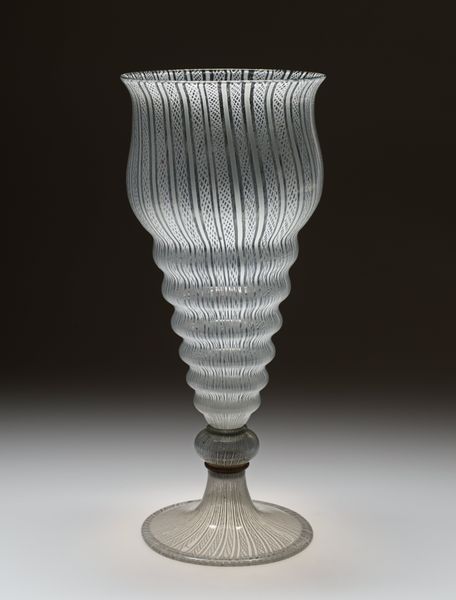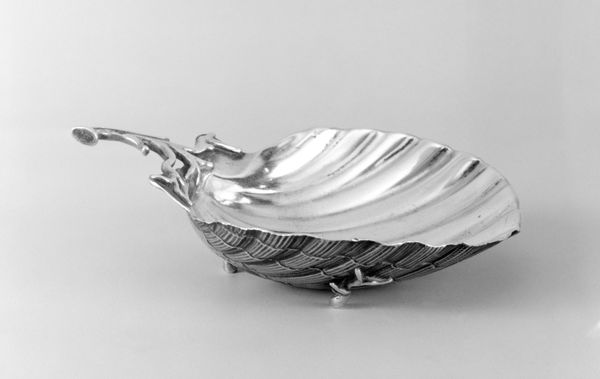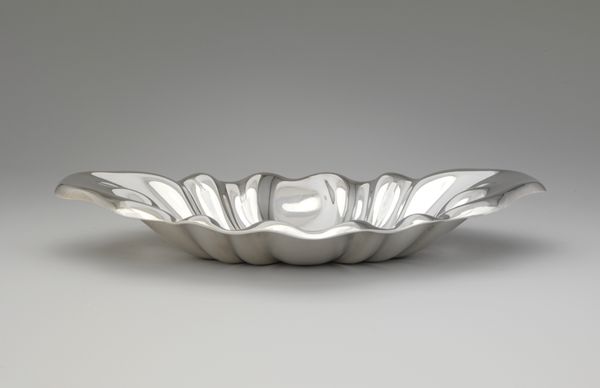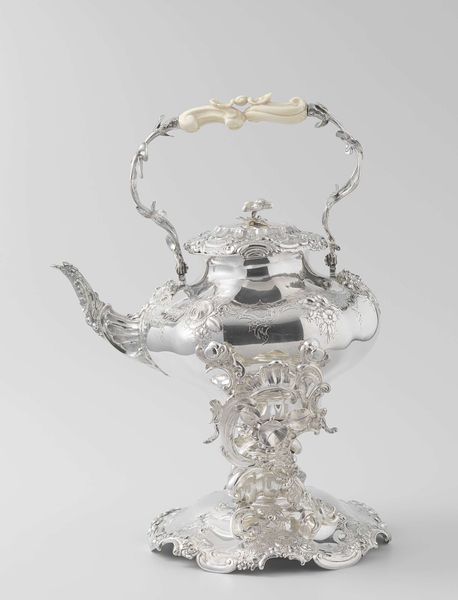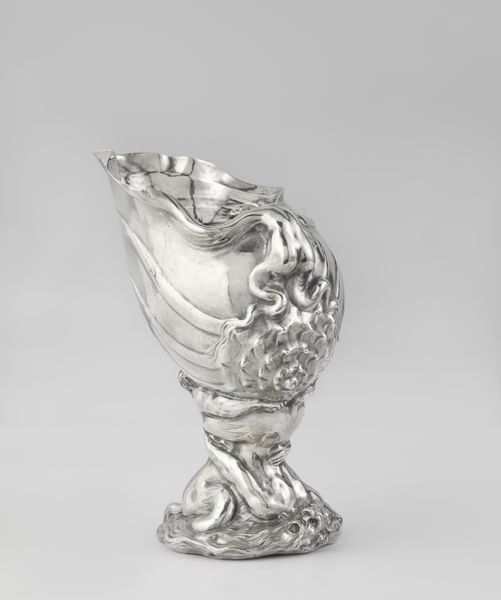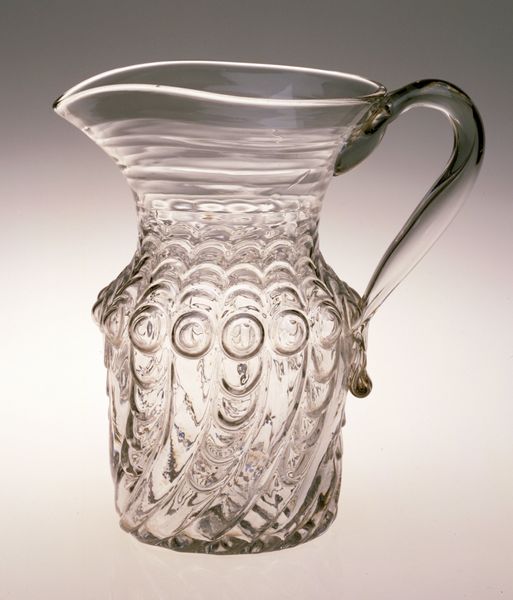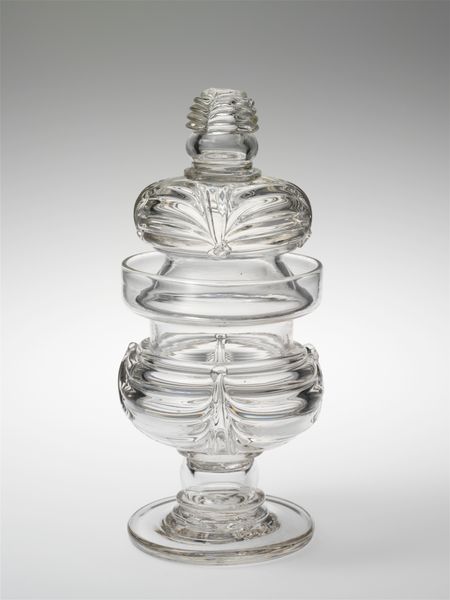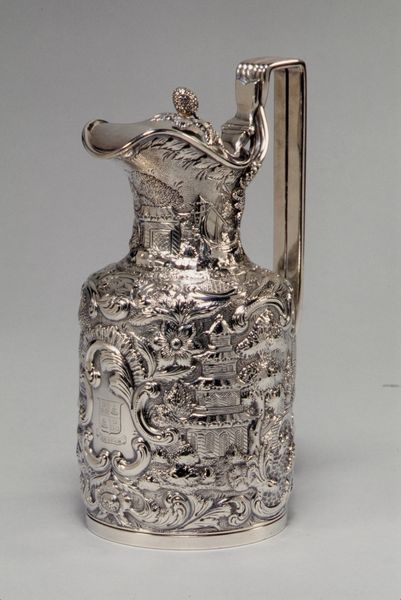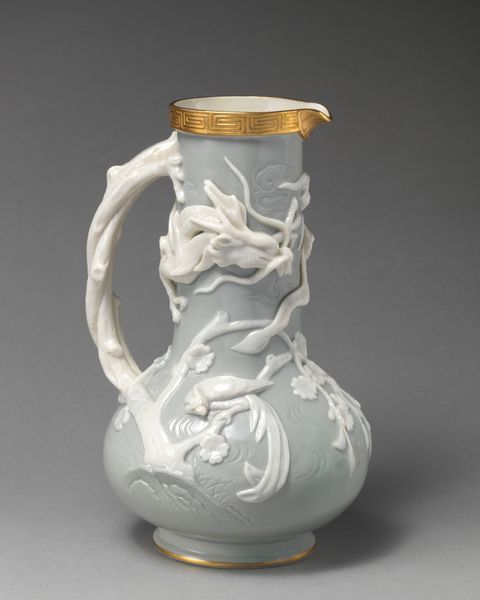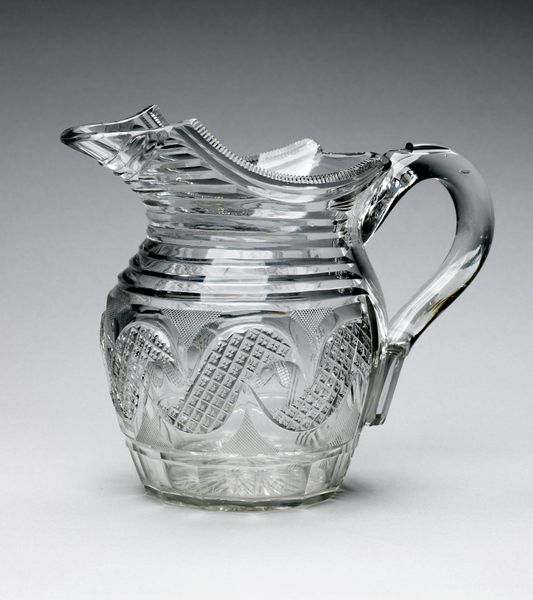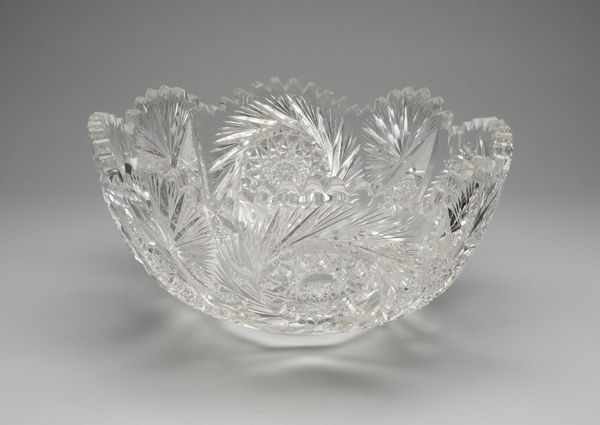
glass, sculpture
#
glass
#
sculpture
#
united-states
Copyright: Public Domain
Editor: Here we have a "Pitcher," a glass sculpture made around 1850, found here at the Minneapolis Institute of Art. The material itself really stands out, how the clear glass forms these delicate twisted ribs... I’m curious, what story does its materiality tell? Curator: The key here lies in understanding the labor and resources embedded in a seemingly simple object. Consider the sand—the raw material—transformed through intense heat and skilled labor. Was this made in America, or imported from Europe? What were the factory conditions like for glassblowers at the time? This piece offers a glimpse into 19th-century production, reflecting technological advancements and the social stratification of labor. Editor: So, even a common item can point to broader economic realities. I hadn't really thought about that! It makes you wonder who used this. Was it a piece of elaborate craftsmanship, or common product available to the emerging middle class? Curator: Exactly. Was it hand-blown, mold-blown, or a combination of techniques? Each approach involved different levels of skill and time, thus affecting its market value and potential consumer base. The rising consumer culture of the mid-19th century meant an increasing demand for such items. Consumption patterns directly impact the means of production, encouraging innovation and sometimes exploiting workers in the process. Does the object reflect that tension? Editor: That's fascinating. The beauty obscures, in a way, the social and economic forces that shaped its creation and distribution. It gives a deeper appreciation to this "everyday" object. Curator: And that tension is present throughout design. We, as viewers, participate in a chain that moves materials and sustains certain systems. We're no longer passive viewers, but participants.
Comments
No comments
Be the first to comment and join the conversation on the ultimate creative platform.
